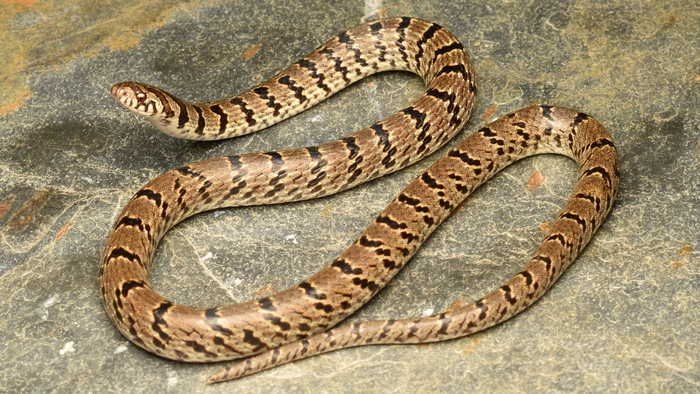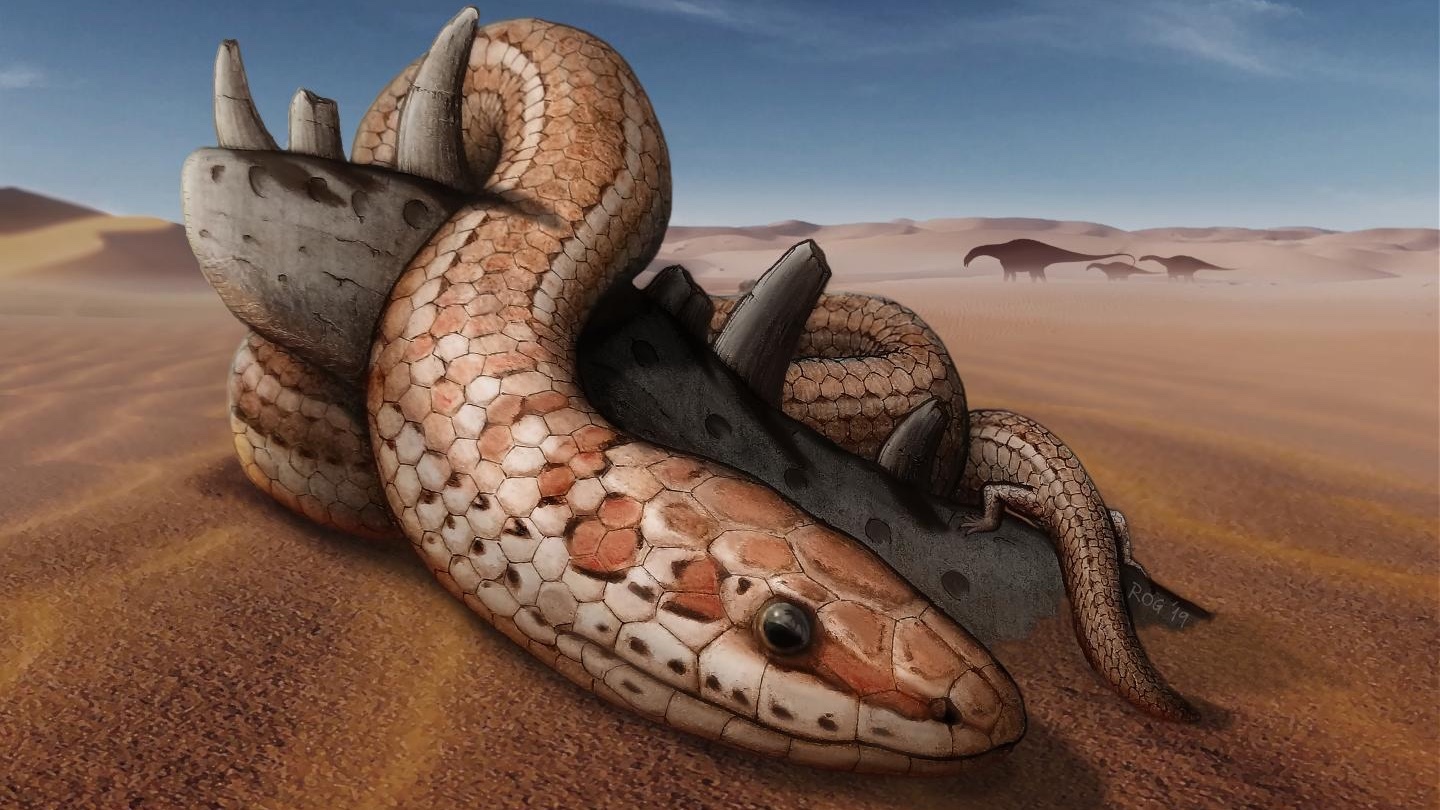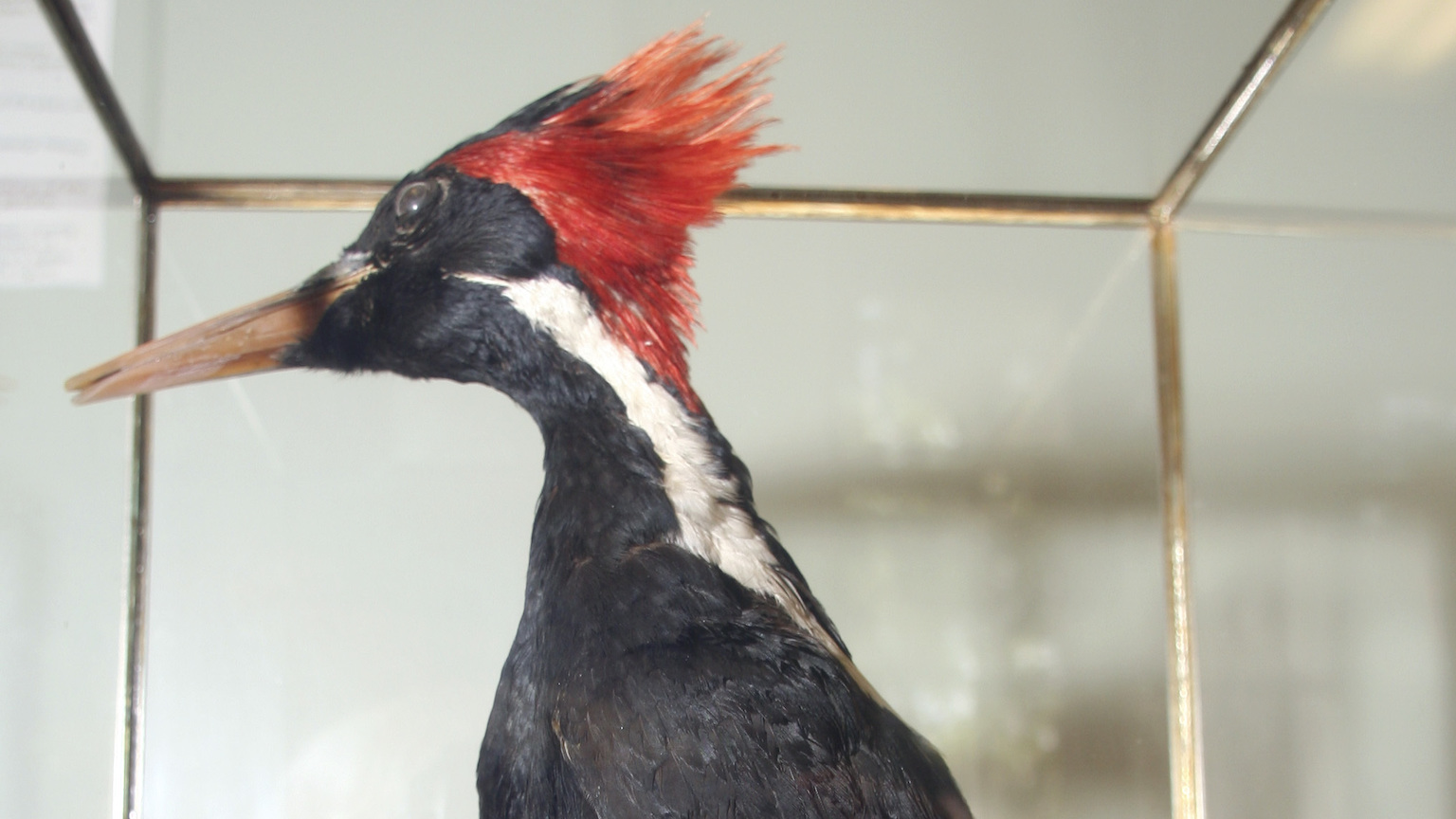New Himalayan snake species identified thanks to Instagram

- Thanks to a photo posted on Instagram, a graduate student’s nature walk resulted in the discovery of a new species.
- A sharp-eyed herpetologist noticed that the snake was different from other known species.
- The western half of the Himalayas likely has many other undiscovered animals and plants.
Virender Bhardwaj, a graduate student studying at the Guru Nanak Dev University, spent his COVID lockdown exploring the area near his home in the foothills of the Himalayan mountains in Chamba, India and posting what he found on his Instagram page — waterfalls, flowers, insects, spiders.
One photograph of a snake caught the eye of Zeeshan Mirza of the National Centre for Biological Sciences, a herpetologist in Bangalore. The snake looked like the familiar Oligodon arnensis, the Common Kukri snake. (The name “kukri” comes from a kind of curved Nepalese dagger its teeth are thought to resemble.) But Mirza’s sharp eyes noticed that some features seemed a bit off.
So, Mirza reached out to Bhardwaj for more information. Together, the two realized the snake in the picture was likely unknown to science, and they set out to prove it. Two specimens, enough to conduct an inquiry into whether they represent a new species, were captured in 2020, and their findings were recently published in Evolutionary Systematics.
Instagram famous
The snake, now known as Oligodon churahensis, is similar to O. arnensis but differs in several subtle ways. For example, its morphology, skull shape, type of teeth, and number of scales are different. DNA testing revealed a considerable divergence from samples taken from other known species. The authors suggest that the snake should become popularly known as the “Churah Valley Kukri,” in reference to the location in which it was discovered.
In a statement, Mirza mused on the nature of the discovery. “It is quite interesting to see how an image on Instagram led to the discovery of such a pretty snake that, until very recently, remained hidden to the world.”
He added, “What’s even more interesting is that the exploration of your own backyard may yield still undocumented species. Lately, people have been eager to travel to remote biodiversity hotspots to find new or rare species, but if one looks in their own backyard, they may end up finding a new species right there.”
Citizen scientists, take note. There are many wonders hiding close to home.





